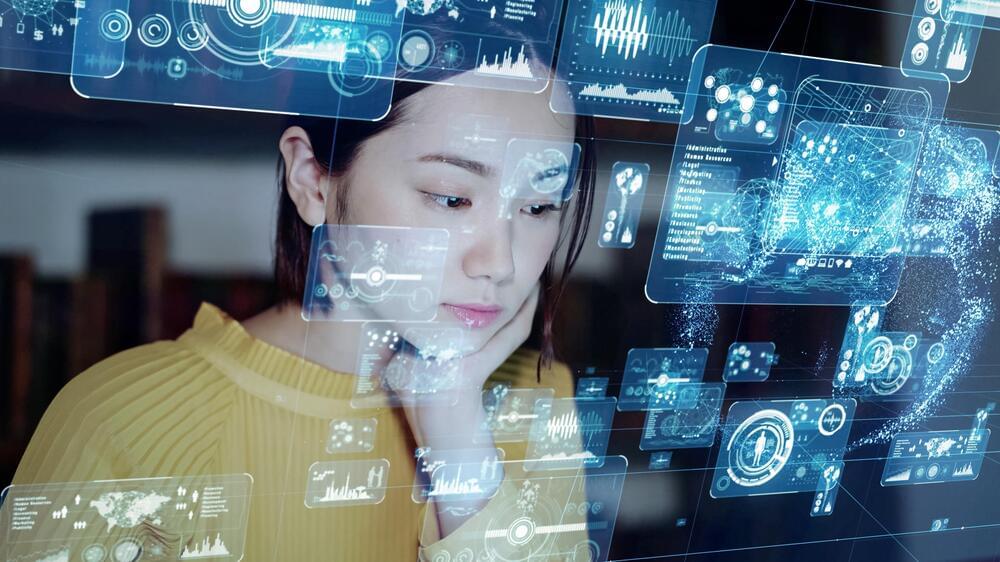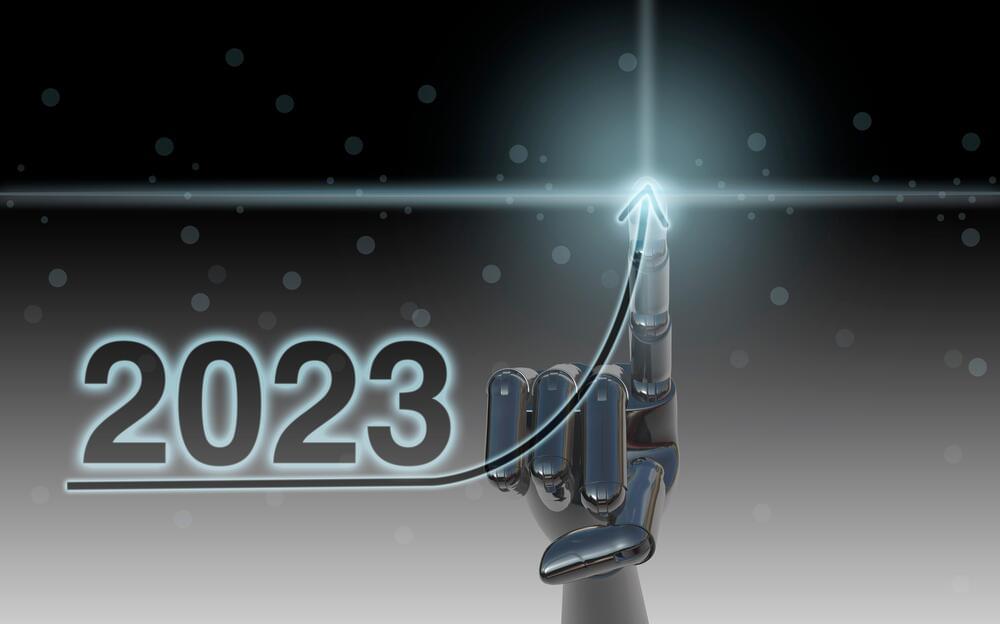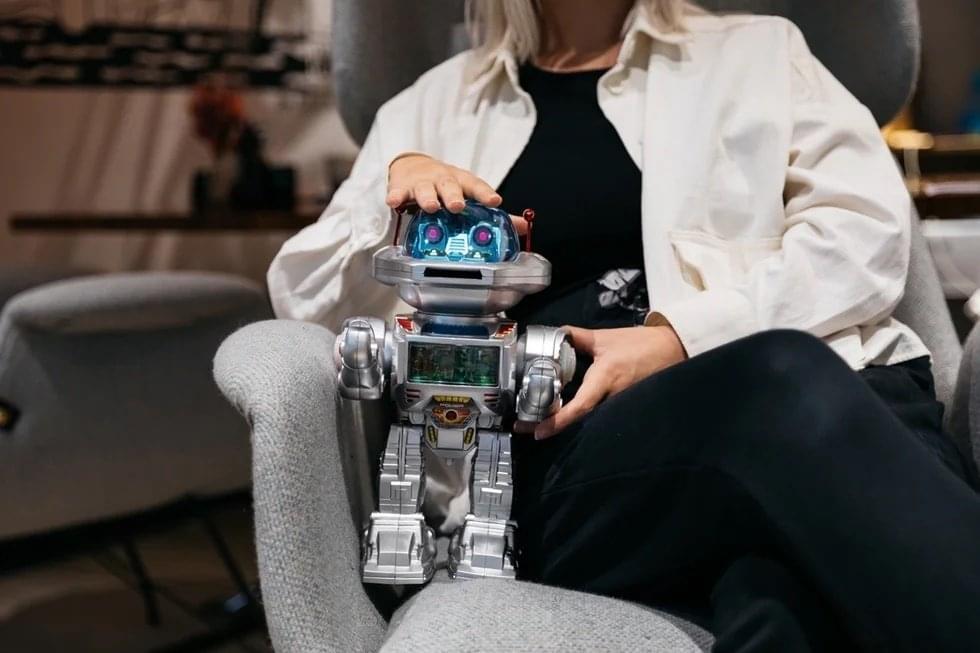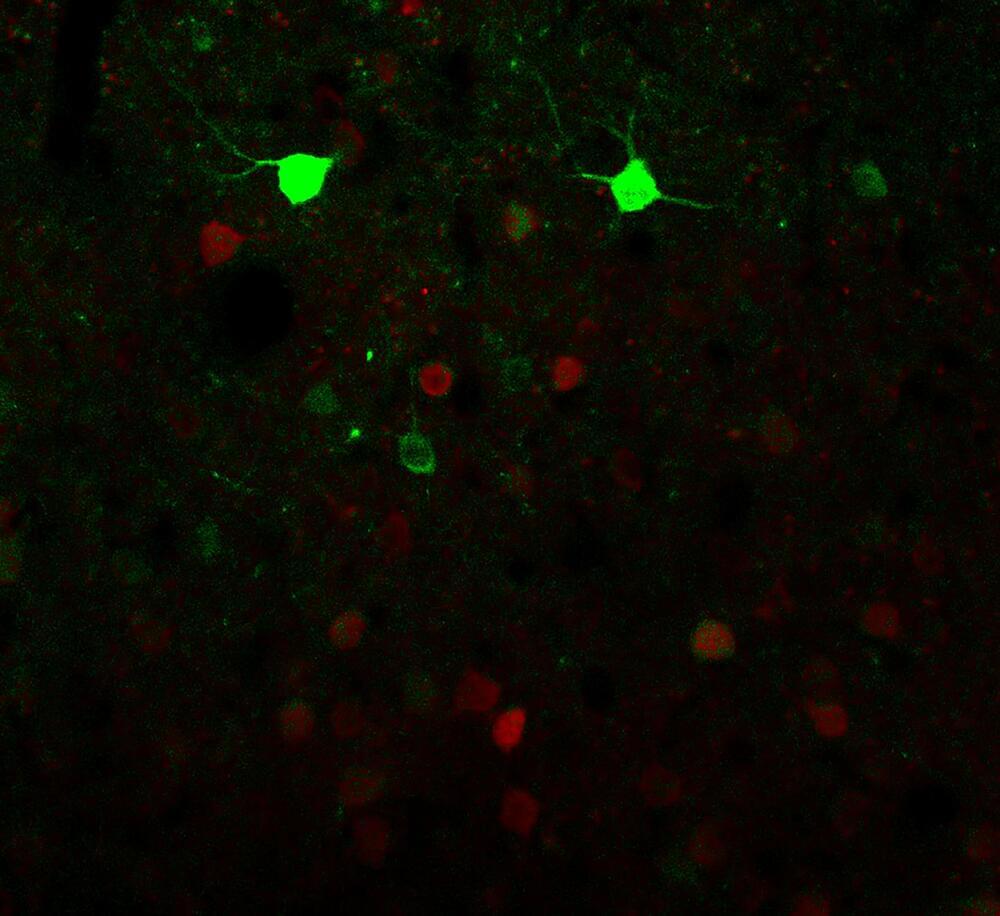Human beings can sometimes experience dissociative states, moments in which they feel disconnected from their body and the world around them. While these states have been linked to many psychiatric conditions, they can also be elicited by the intake of some legal and illegal drugs.
One of the most renowned dissociation-inducing drugs is ketamine, an anesthetic commonly used to sedate patients or reduce pain resulting from medical procedures. In recent years, ketamine has also been found to be a potentially valuable treatment for some cases of depression.
While several studies have investigated the therapeutic effects of this strong anesthetic, so far very little is known about the cellular and neuronal mechanisms behind the dissociative states it produces. A paper by a team of researchers at University of Pennsylvania, recently published in Nature Neuroscience, might shed some light on these so far elusive processes.





